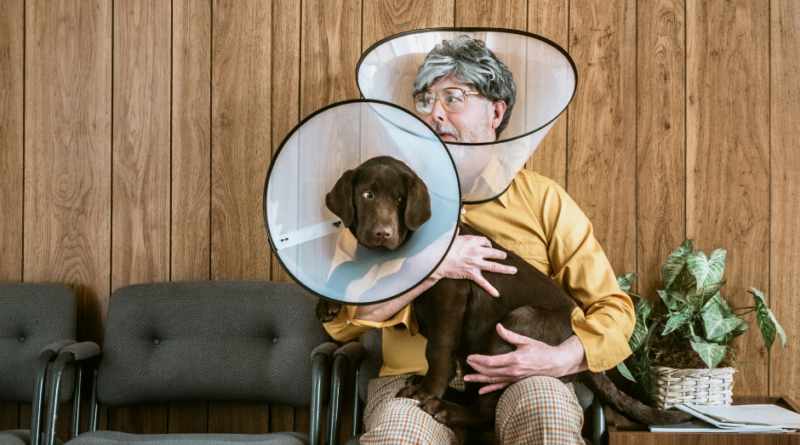World Spay Day – Dog is Good
Initiated by the actress Doris Day and her Animal League in 1995, World Spay Day is February 23, 2021. This annual campaign aims to encourage cat and dog lovers to save animal lives by spaying and neutering. Did you know that the average female cat can give birth to a litter of about six kittens five times per year? That means about 30 kittens per year born to just one mama cat. Each year, approximately 1.5 million shelter animals are euthanized (670,000 dogs and 860,000 cats). The good news is that the number of dogs and cats euthanized in U.S. shelters annually has steadily declined over the past few decades due to more awareness of spaying and neutering.
Why Should You Spay/Neuter Your Pet?
Well this is an easy one! The average lifespan of spayed and neutered cats and dogs is markedly longer than the lifespan of those not altered. What cat and dog lover doesn’t want more time with their furry kid? A study conducted by Banfield Pet Hospitals, concluded that neutered male dogs lived 18% longer and spayed female dogs lived 23% longer. Spayed female cats in the study lived 39% longer and neutered male cats lived 62% longer.
The shortened lifespan of unaltered pets can partially be attributed to an increased urge to “look for dates” and roam. This behavior exposes a dog or cat to fight with other animals and as a result be subjected to injuries. Not withstanding, a pet on the prowl is more likely to suffer trauma from car accidents as well.
Your Pet’s Health
In addition, a factor in longer lives of altered pets is their reduced risk of certain types of cancers. Intact female cats and dogs have a greater chance of developing pyometra (a potentially fatal uterine infection) and uterine, mammary gland and other cancers of the reproductive system. Neutering male pets eliminates their risk of testicular cancer and results in lower rates of prostate cancer.
Stop That
Not convinced yet that spaying and neutering is the best option for the family pet? For cats, the urge to spray is extremely strong in those not altered. Neutering solves 90% of all marking issues, even in cats that have been doing it for a while. Intact dogs are more prone to lift a leg and “mark” than neutered dogs. Although urine-marking is usually associated with male dogs, females may do it too.
In addition, spaying and neutering your dog will help with excessive barking and the desire to mount your leg, the coffee table, the dog bed, the neighbors kid, etc.
Save Your Wallet
Owning a dog or cat is not cheap…ask anyone! However, when you consider the potential long-term medical costs incurred for an unaltered pet, the savings afforded by spay/neuter are clear. Especially now that low cost spay and neuter clinics are widespread. Find a clinic in your area here!
In addition, caring for a pet with reproductive system cancer or pyometra can easily run thousands of dollars—five to 10 times as much as a routine spay or neuter surgery. In cases where intact dogs and cats have gotten into a fight, the treatment of their injuries can also result in high vet bills.
Talk To A Professional
There are differing ideas of when and what age for female and males dogs and cats to get altered. Talking to your vet will help you find the right timeline for your pet. Shelter animals are always spayed and neutered before adoption. So if you are getting a rescue animal, the choice will be made for you. And remember, spaying and neutering doesn’t hurt your pet. Of course, any pet surgery carries a risk, but proper vet care, examination and testing prior to the procedure can eliminate many of these risks.














